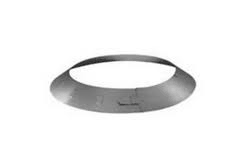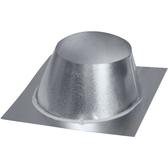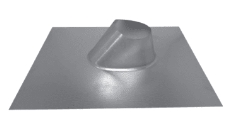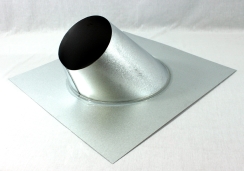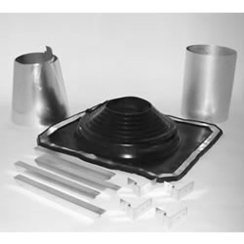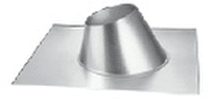Chimney Flashing
Displaying 1–20 of 272 items
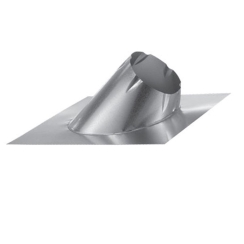
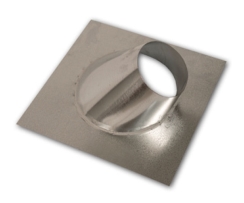
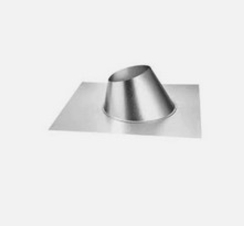
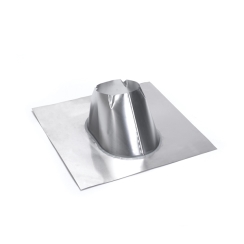
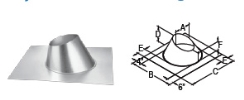

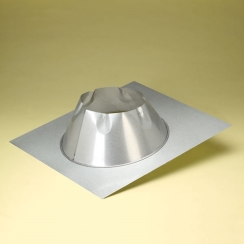

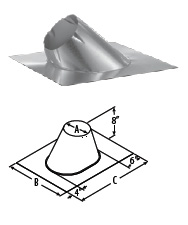
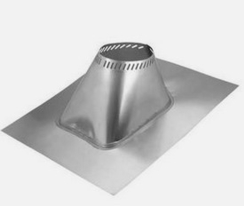

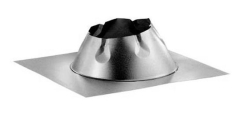

Have questions?
Our NFI-certified experts are here to help!Related Articles
Customer Q&A with Product Specialists
Thank you for reaching out!
Thank you for your interest in our products. We've received your question and will get back to you shortly — usually within the hour but always within 1 business day. To ensure you receive our response, please add our email address (info@efireplacestore.com) to your email whitelist or address book.
In the meantime, while we prepare our response, keep an eye on your inbox for an email from us. We'll be sending you our exclusive Buyer's Guide, packed with valuable information to assist you in making the best decision for your needs.
If you have any further questions or need immediate assistance, feel free to reach out to us directly at 1-800-203-1642.
Thank you again for choosing eFireplaceStore.com!
Customer Images

About Chimney Flashing
Have you got a leak from your chimney? You might need a chimney flashing. But chimney flashing is one component of a larger venting system. So how does it all work? That's more complicated than you might think. Don't worry: we have a Chimney Flashing Buyer's Guide to break down what you need to know about flashing before you commit to any one fix that might not work.
